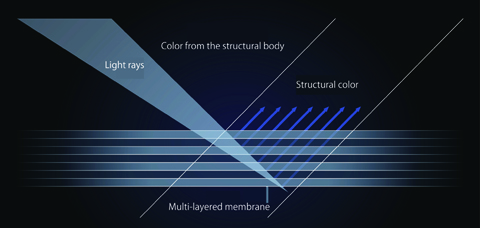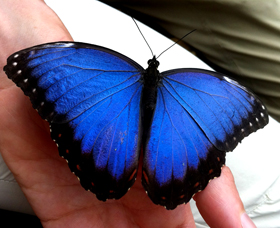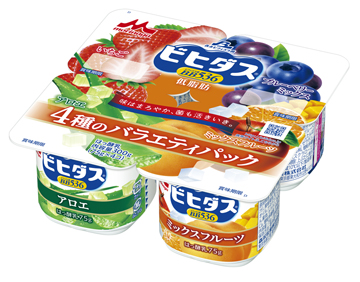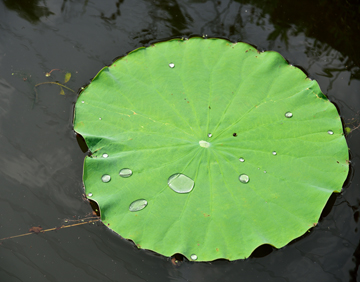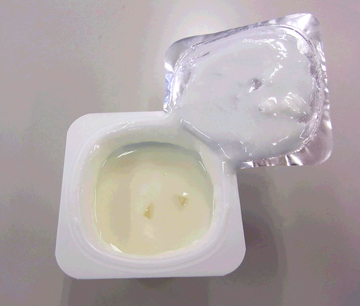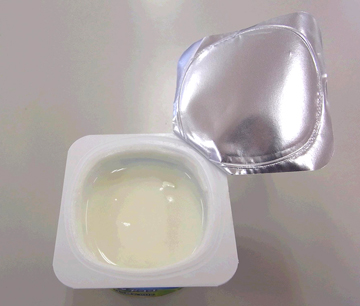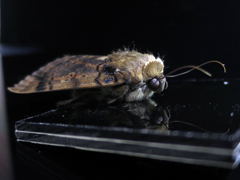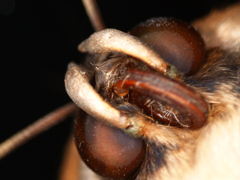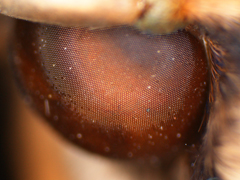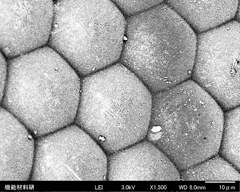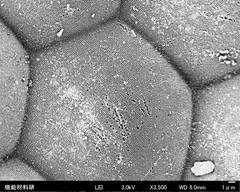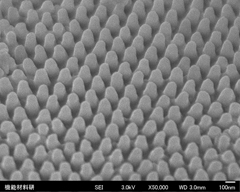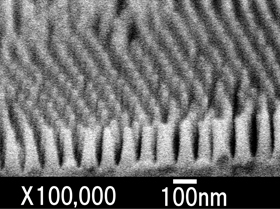Web Japan > Trends in Japan > Tech & Life > Advanced biomimetic technology is being widely used in Japan's industrial products
Advanced biomimetic technology is being widely used in Japan's industrial products
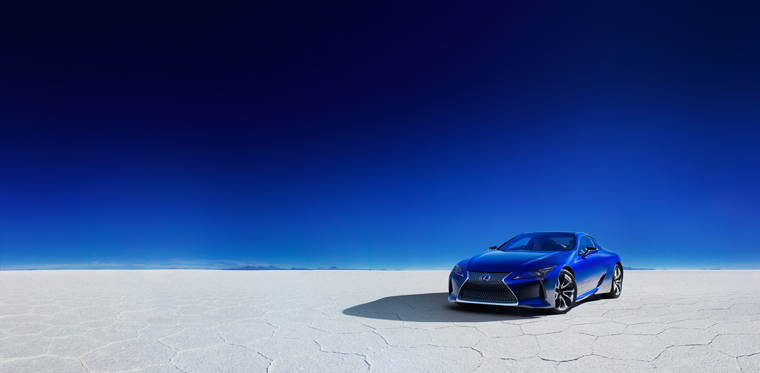
This special edition "LC" Coupe - the flagship vehicle of Toyota Motor's luxury "Lexus" brand - incorporates biomimetic technology in its body-work color (courtesy of Toyota). The Coupe is a sporty, two-door model
Japan's industrial products, such as luxury cars, food packaging and high-performance films, are taking advantage of biomimetic technology, which uses the extraordinary structures and functions of living organisms. This idea of evolving technological development using inspiration from living creatures and plant life in order to meet the needs of demanding Japanese consumers, who are always looking for high quality, speaks to the strength of a "nation founded on manufacturing."
“The world’s most beautiful butterfly” inspires the color used in a car chassis
The Morpho Butterfly, which lives in South America, is said to be "the world's most beautiful butterfly." Japan's leading motor vehicle manufacturer has been selling a limited, special edition model of car that uses a body-work color called "structural blue" - a color inspired by the blue of the butterfly's wings. This is a flagship model coupe released in April 2018 to celebrate the manufacturer having attained cumulative domestic sales of 500,000 cars of its luxury brand. While it achieved much acclaim, the model was a limited edition and sales ended in early July.
The model adopted the principle of "structural coloring" - inspired by the wings of the Morpho Butterfly. Although the wings have no color, their structure reflects and emphasizes only certain wavelengths when light shines on them, making them shine in blue to the human eye. It has taken 15 years of development to create structural coloring pigment for automotive use; and while the substance itself has no color added, it produces an overwhelming vividness and a fantastic shine when light reflects off it - making beautiful body work that really stands out.
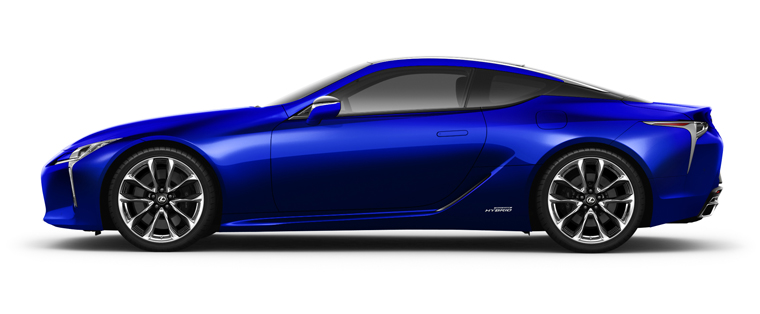
The special edition "LC" - the flagship coupe of Toyota Motor's luxury "Lexus" brand. A car that uses a color called "structural blue" in its body-work; a color inspired by the blue coloring of the Morpho Butterfly’s wings (courtesy of Toyota)
Yogurt pot lids follow the example of the lotus leaf
Leading manufacturers of foodstuffs and leading manufacturers of materials have jointly developed a lid that prevents yogurt from sticking to the under-side; a lid that is inspired by the lotus leaf. The technology is called “liquid repellent packaging”. The lid imitates the way the small bumps on the lotus leaf allow it to shed any water that gets on its surface as water droplets that run off. Even if any yogurt attaches itself to the lid, it immediately rolls off like beads; this means that when you open the lid there will not be any yogurt stuck to it.
This technology took about one year to develop and it entered into practical use in February 2010. In 2013 the liquid repellent packaging won the Silver Award at the "DuPont Awards for Packaging Innovation" - an international award for outstanding packaging from countries around the world. The manufacturer explained that "this has been well received as the yogurt does not stick to the lid, making the product more hygienic and we have taken consumer opinion into account in its development."
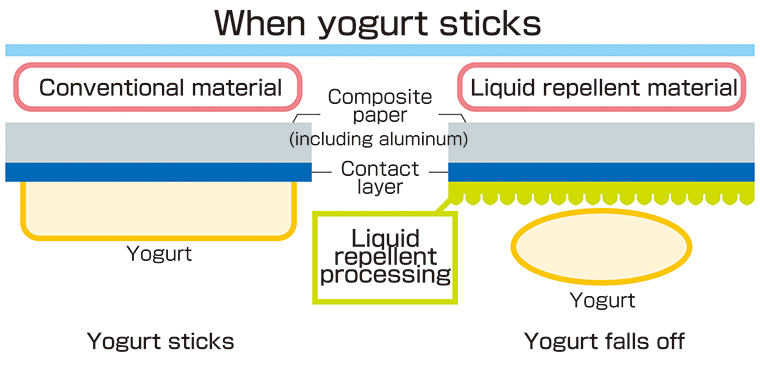
Focusing on moths’ eyes, which minimize light reflection
There are also some products that have been inspired by the same bumpy structure but from an insect rather than from a plant.
Moths are largely nocturnal and can function under barely any light at night. In other words, their eyes are able to take in light in a very efficient manner. The secret to this are the tiny protrusions on the surface of their compound eyes - the so-called "moth eye structure." These protrusions make it difficult for light to be reflected from the eye.
Let's zoom in on the moth's eye in a series of shots. In the sixth shot, the protrusions are so small that they can only be seen with an electron microscope.
A leading Japanese chemical manufacturer and a laboratory in Kanagawa Prefecture have jointly developed a transparent plastic film using the "moth eye structure", which was released in products in the summer of 2013.
For example, sheets of glass or acrylic are sometimes used when framing pictures and photographs in museums; but these both reflect light, making it hard for many people to see the work of art. However, by sticking this film on the surface, there is no light reflection and the work can be clearly seen.
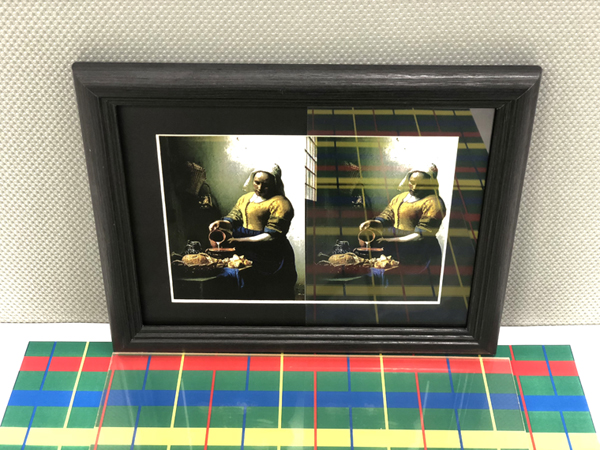
(Left) A painting with "MOSMITE" stuck to the transparent covering sheet. "MOSMITE" being a high-performance film developed jointly by Mitsubishi Chemical and Kanagawa Academy of Science and Technology (currently known as "Kanagawa Institute of Industrial Science and Technology"). In the painting on the right, which has no film stuck on it, the pattern placed in the foreground is reflected back onto the transparent covering sheet (courtesy of Mitsubishi Chemical)
Whether the transparent sheet is glass or acrylic, both reflect light on the front and back surfaces reducing the transmittance of visible light to around 92%. If this film is stuck on the front it improves transmittance to around 96%; and if stuck on both the front and the back this increases to around 100%, with virtually all the light transmitted and no reflection. This is popular as it allows you to take photographs of paintings etc., straight on without getting your own reflection in them.
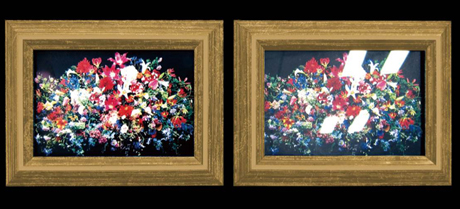
The painting with MOSMITE on it (left) can be clearly seen, but the painting without it shows the light from fluorescent lamps reflected on the transparent covering sheet (courtesy of Mitsubishi Chemical)
Apart from museums, this technology is also being used in car sat-nav screens etc. In the future there will be countless applications for this technology, such as using it on solar panels to help increase the amount of sunlight captured etc.
Japanese manufacturing has been making progress in improving quality to increase consumer satisfaction by humbly learning from living creatures and the natural world. The next innovation to surprise consumers across the world may well be lurking in an unexpected place, right by us.

